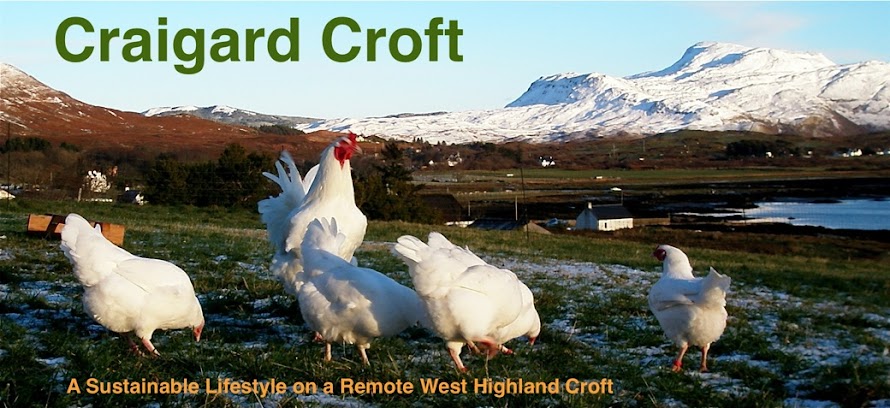I buy most of my books secondhand on Amazon, its much cheaper than Ebay, thinking I'd bring myself up to date because I haven't trained a dog since the 1970s, I bought, "Clicker Training for Dogs" Basically its, click and reward, when the dog does what is desired or what is on the way to desirable.
 |
| Border collies know how to look appealing |
So far , after two weeks, Mac comes when called when off the leash, he sits on command ( the easy bit) but is still not walking beside me in a good mannered way when on the leash. This is a slow process because for an eight month old puppy the world is full of distractions.
I am following the advice of my neighbour in Kent, Ted Hope, he was a master dog trainer and sheepdog handler. Ted had two maxims; perseverance and patience. If you are interested in how this quiet, gentle old shepherd did it , Google, "Ted Hope, Sheepdog Training" for a short masterclass. I still use the crook he made for me over twenty years ago.
Mac can't be allowed near sheep until he stops and lies down on command, then he can be trained (I hope) to run to the right or left on command.
At the moment he is housed in the goat pen. His kennel is under construction.


















